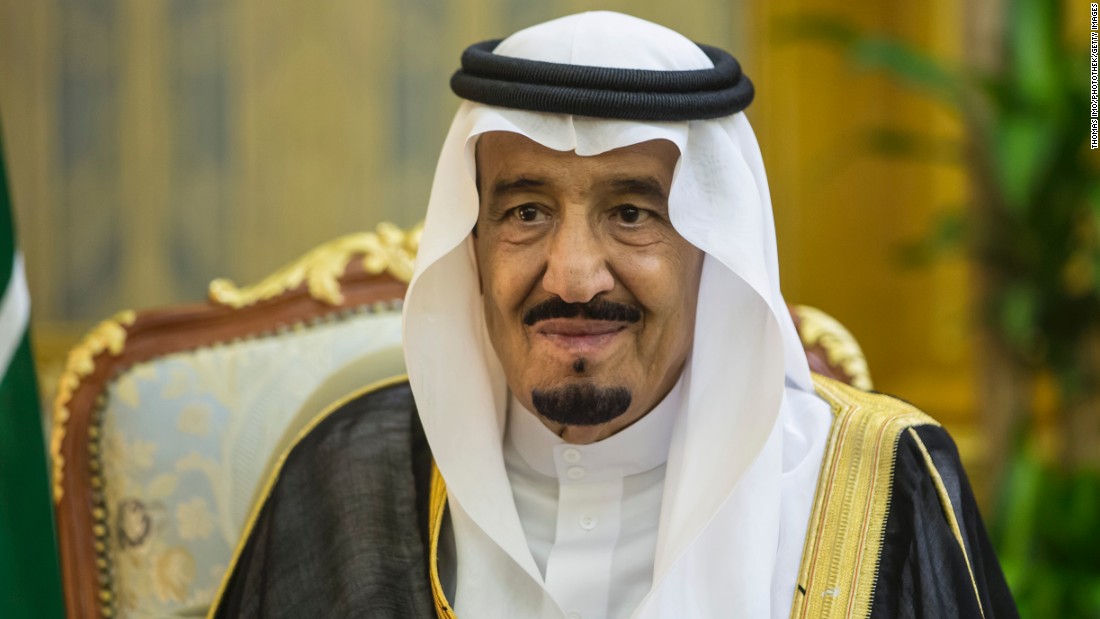[fblike]
 For American policymakers, Saudi Arabia is deemed as one of the pillars of stability in the Middle East. Despite its export of Wahhabist Islam and its suppression of democratic and gender rights, the kingdom has anchored the interests of Sunni Muslims in the region for the last six decades. Saudi Arabia has also been a reliable American ally, assisting in the Persian Gulf War of 1990-1991 and offering ideas for solving the Israeli-Palestinian dispute. The House of Saud’s leadership in global oil markets has been valuable as well, with the country serving as the de facto leader of the Oil and Petroleum Exporting Countries (OPEC) cartel. However, the growing strength of Iran over the last decade has created significant anxieties in Saudi ranks. With the decline of Western sanctions against the Islamic Republic it is possible that the Iranian economy could overtake Saudi Arabia’s in the long-term, and low oil prices are forcing the kingdom to make choices about how it can sustain its social model without provoking unrest in the coming years. These Saudi anxieties could prove harmful for the Middle East, especially if they cause the regime to engage in risky interventions and some of this is already taking place in Syria and Yemen.
For American policymakers, Saudi Arabia is deemed as one of the pillars of stability in the Middle East. Despite its export of Wahhabist Islam and its suppression of democratic and gender rights, the kingdom has anchored the interests of Sunni Muslims in the region for the last six decades. Saudi Arabia has also been a reliable American ally, assisting in the Persian Gulf War of 1990-1991 and offering ideas for solving the Israeli-Palestinian dispute. The House of Saud’s leadership in global oil markets has been valuable as well, with the country serving as the de facto leader of the Oil and Petroleum Exporting Countries (OPEC) cartel. However, the growing strength of Iran over the last decade has created significant anxieties in Saudi ranks. With the decline of Western sanctions against the Islamic Republic it is possible that the Iranian economy could overtake Saudi Arabia’s in the long-term, and low oil prices are forcing the kingdom to make choices about how it can sustain its social model without provoking unrest in the coming years. These Saudi anxieties could prove harmful for the Middle East, especially if they cause the regime to engage in risky interventions and some of this is already taking place in Syria and Yemen.
This topic brief will discuss Saudi Arabia’s rivalry with Iran, highlight its current economic struggles, and analyze how Saudi anxieties could affect the larger Middle East in the years ahead.
Readers are also encouraged to use the links below and in the related R&D to bolster their files about this topic.




 Here is today’s premium R&D to accompany
Here is today’s premium R&D to accompany 

.gif/490px-New_Saudi_Arabia's_traffic_sign_(women2drive).gif) Two weeks ago, women in Saudi Arabia staged a protest against the country’s ban on female driving. The campaign that launched the protest, called Women2Drive, began in 2011 and has attempted to place pressure on the Saudi government to lift what they feel is an onerous restriction on women. Saudi Arabia is one of the world’s largest oil producers and a key American ally in the Middle East. Extempers often receive questions about Saudi Arabia concerning terrorism, the Israeli-Palestinian peace process, Iran’s nuclear ambitions, and oil issues, but the issue of women’s rights may soon factor into those rounds as well. Saudi Arabia is one of the more conservative states in the Middle East and is still run by a king, with no elected national legislature. The kingdom staved off the unrest of the 2011 Arab Spring, but the government is worried that issues like women’s rights may harm the kingdom’s international profile and lead to larger protests against it in the near future.
Two weeks ago, women in Saudi Arabia staged a protest against the country’s ban on female driving. The campaign that launched the protest, called Women2Drive, began in 2011 and has attempted to place pressure on the Saudi government to lift what they feel is an onerous restriction on women. Saudi Arabia is one of the world’s largest oil producers and a key American ally in the Middle East. Extempers often receive questions about Saudi Arabia concerning terrorism, the Israeli-Palestinian peace process, Iran’s nuclear ambitions, and oil issues, but the issue of women’s rights may soon factor into those rounds as well. Saudi Arabia is one of the more conservative states in the Middle East and is still run by a king, with no elected national legislature. The kingdom staved off the unrest of the 2011 Arab Spring, but the government is worried that issues like women’s rights may harm the kingdom’s international profile and lead to larger protests against it in the near future.